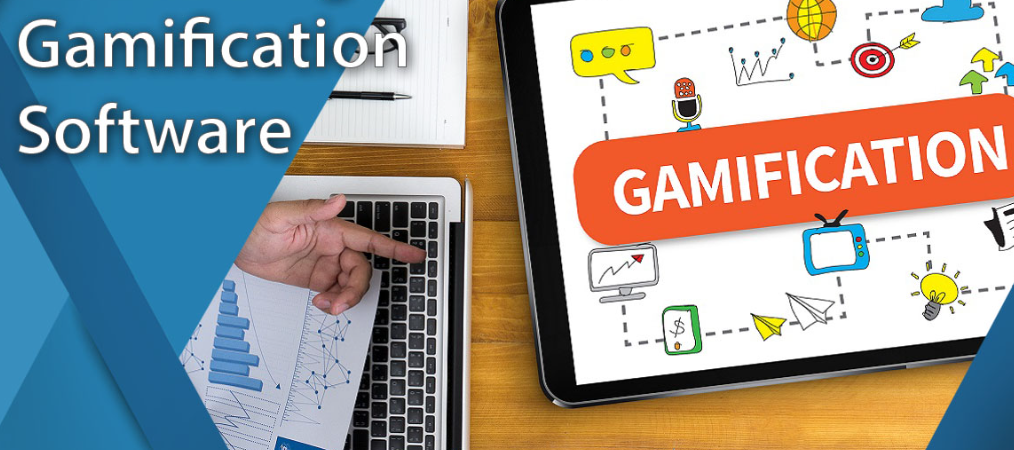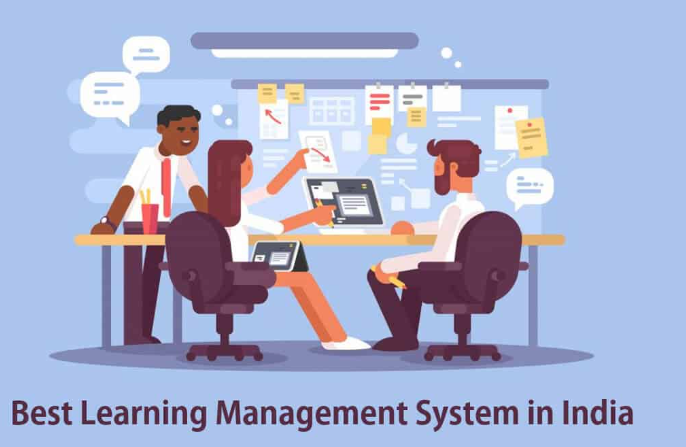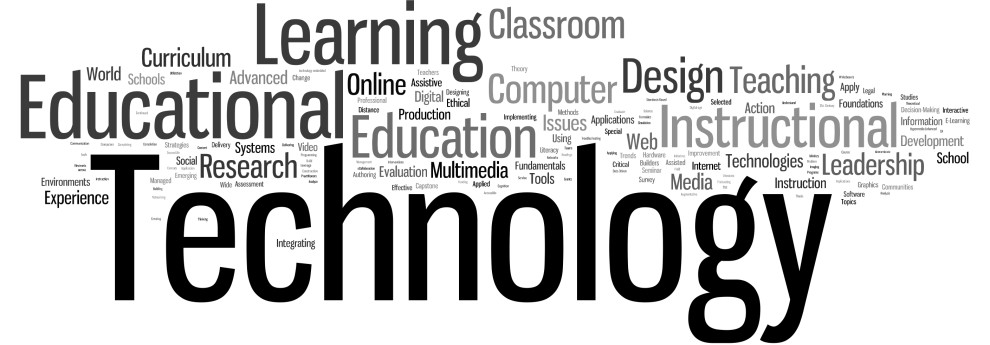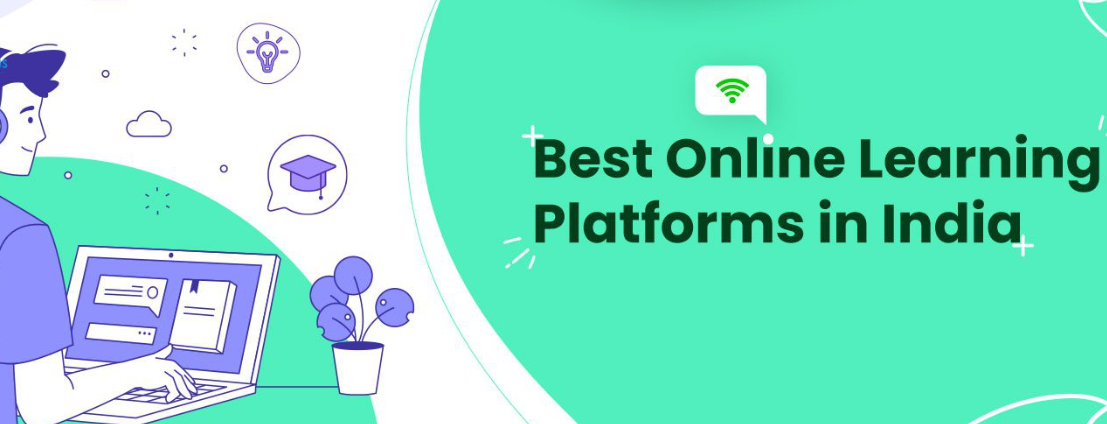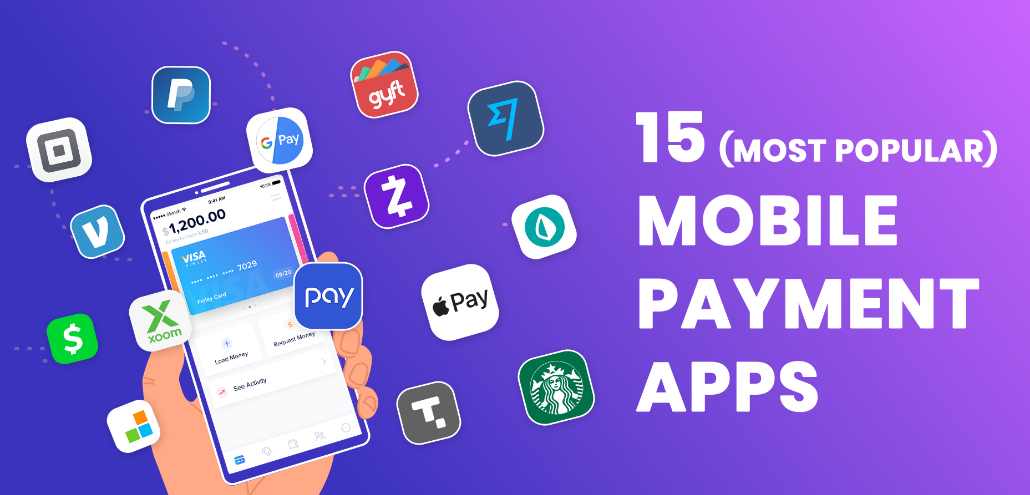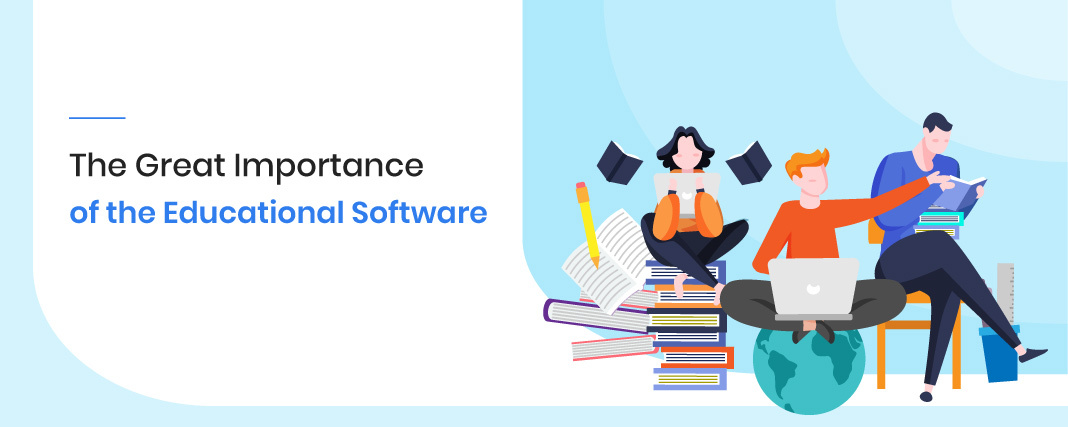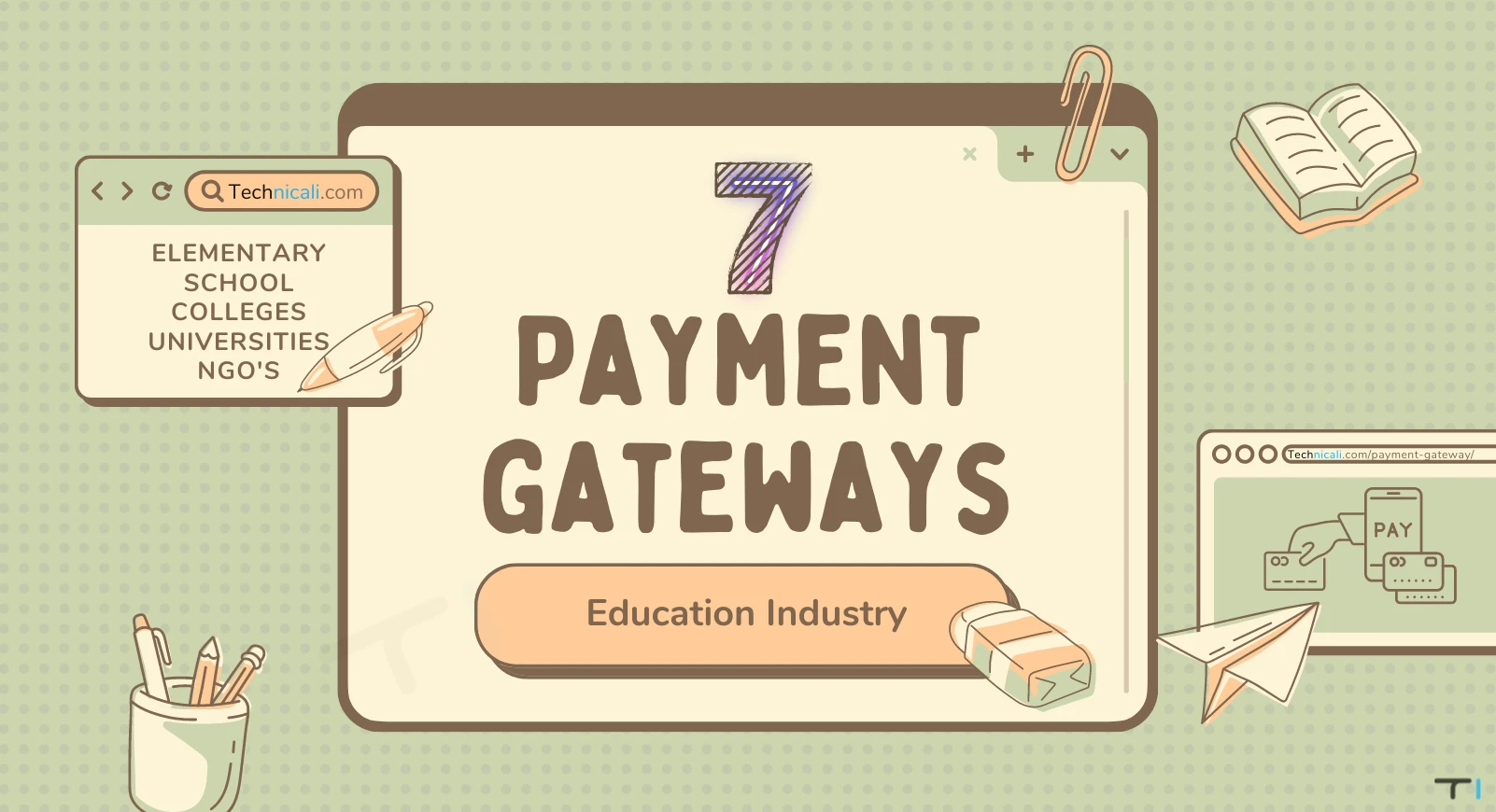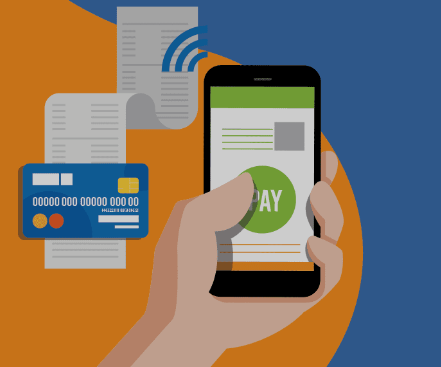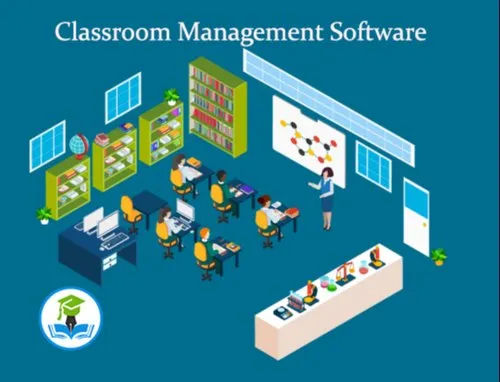High-Risk Gamified Learning Software In India
AUTHOR : LISA WEBB DATE : MARCH 9, 2024 Introduction Definition of High-Risk Gamified Learning Software High-Risk Gamified Learning Software refers to educational platforms that incorporate elements posing potential risks to students’ well-being. While gamified learning has proven beneficial in various aspects, the term “high-risk” is attributed to potential drawbacks such as addiction, privacy concerns, … Read more

